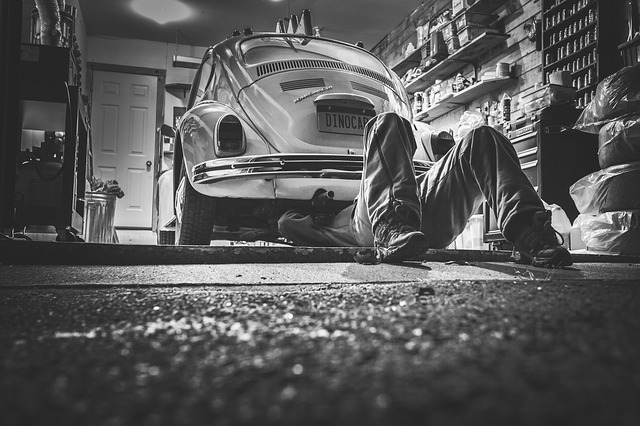Owning a car is a huge responsibility, especially with the cost it entails. Aside from the fuel expenses, parking rates, and toll fees, you also need to spend on regular maintenance check-ups; however, preventive maintenance is a necessity because it’s important to be preventive rather than corrective. Don’t wait for your car to break down in the middle of the road to force you to bring it to the shop. You have to do it at least once a year. In the unfortunate event that your car does break down, you’re left with no choice but to have it fixed.
Taking your car to the shop can cause a strain on your budget, so to help you out, here are 5 affordable ways to save money on car repairs:
Rule #1: Buy the parts yourself. By buying the car parts yourself, you avoid having to pay for mark-up fees. Just make sure that the parts you buy fit your car to the T. Know the specifications and dimensions beforehand and always read the car manual before you drive it off the lot. This way, you avoid buying the wrong parts and spend more than you originally budgeted for. Aside from than that, also ensure that when the billing statement comes, you’re not billed for the parts you bought yourself.
Rule #2: Compare and Contrast. This works if you don’t have a trusted mechanic yet. It’s best to shop around and compare prices from different establishments. For sure, there’s one that’s always more affordable than the rest. One example is MoneyMax.ph comparison portal which lets you compare insurance rates from different providers, comparing and contrasting different car repair shops and prices lets you save money by choosing the most affordable option. If you had gone to the first shop you saw, you might have spent more than if you went to the next shop down the block.
Rule #3: D-I-Y. The easiest way to save on car repairs is to do it yourself. Read your car manual to learn what routine check-ups your car needs and which ones are basic enough that you can do it on your own. As with anything, it takes practice to take care of your car, be it replacing the air filters or checking the oil, so it’s best not to be disheartened if what you need to do looks harder than it sounds. You’ll get better with practice. Of course, there are check-ups that are too complicated to D-I-Y, so it’s best to leave them to the experts.
Rule #4: Find a place you trust. Once you find a shop or place you can trust, you don’t have to worry about feeling lost in the unfortunate event you need to have your car repaired. You already have someone to call, and this takes a large stress off your shoulders. On your part, having a trusted mechanic ensures your vehicle is in good hands. For them, it’s always good for business to have repeat customers.
Rule #5: Be preventive not corrective. Preventive not corrective—that is the motto you should live by when it comes to taking care of your car. By having your car checked regularly, you avoid costly complications in the future. However, when you do bring your car for its yearly check-up, make sure you’re not billed for unnecessary services. Read the owner’s manual to know the services you need. This is also the importance of having a mechanic or a shop you trust—you avoid getting scammed by getting services you can do without.
Car repairs can rack up costs; however, they’re a necessity you should account for even before you bought a car. Owning a car, as said above, is a huge responsibility, so it pays to be diligent and have those routine preventive maintenance check-ups. To avoid having to decide whether or not to have your car checked due to budget constraints, it’s safe to have a ‘car fund’ in which you put money in regularly and of course, opt for car insurance, so in the event you need to have your car checked, you don’t have to worry about the cost since you’re covered by your insurance policy.

